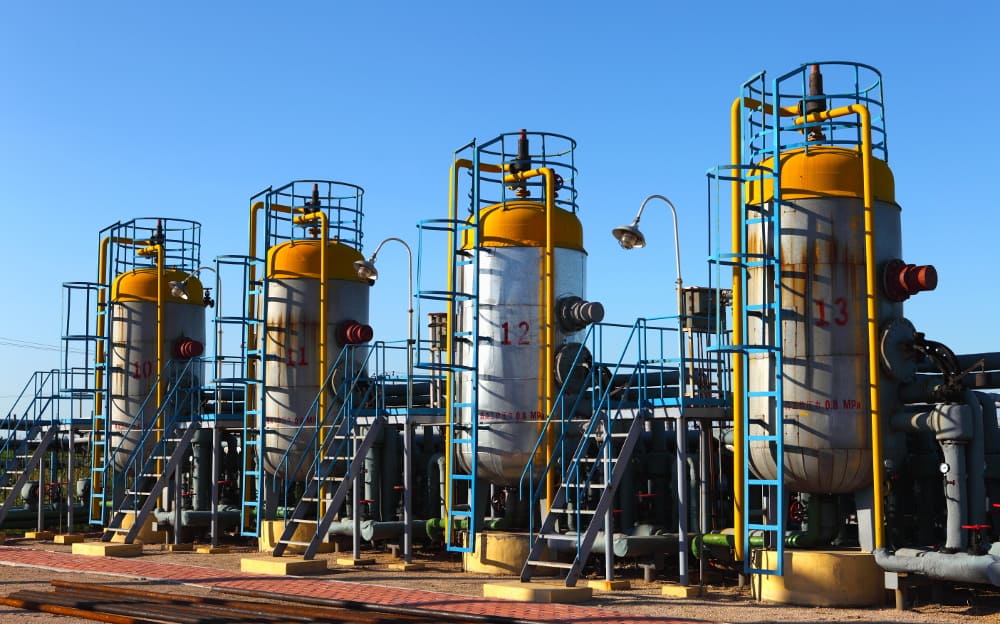Eddy Current Testing Equipment Price Evaluation: The Value of Quality Instrumentation

From a business perspective, there’s no sense in investing in something that doesn’t return more money than it costs. Which means that, for companies concerned with large asset reliability—such as transportation, manufacturing, power generation, aerospace, and oil & gas operations—the price of inspections must be balanced against the anticipated cost of asset failure. As an example, let’s examine eddy current testing equipment.
Eddy current testing equipment uses magnetic fields to detect anomalies near the surface of conductive materials. This allows companies to test the integrity of everything from tubing to turbines, in situ, without needing to destroy them. Eddy current testing equipment prices vary, based on the capabilities of the equipment and the accessories needed for specific applications, in the same way that commuter sedan prices differ from those of city busses. However, eddy current testing equipment prices pale in comparison to the costs of missed inspections.
An Example of Preventable Asset Failure
Large industries depend on large assets to provide value over long periods of time. An example would be a holding tank for chemical catalysts at an oil refinery. A holding tank costs a significant amount to build in terms of parts, labor, and land use. In order to make that cost worthwhile, the holding tank must hold enough catalyst to create many batches of gasoline, diesel, jet fuel, or other hydrocarbon products. The returns from selling these batches, divided proportionally between the cost of the holding tank, the catalyst, labor, and other related production costs, must exceed the initial and ongoing costs of the holding tank. This can take years.
Catalysts used in hydrocarbon reactions can be extremely caustic—hydrogen fluoride, for instance, which becomes hydrofluoric acid when it is dissolved in water. Tanks holding hydrogen fluoride can become corroded from within, if control systems or linings fail. They can also be corroded from without, by exposure to sun, rain, snow, etc. They can be damaged by accidents involving workers or heavy equipment. They could even simply be defective, made of honeycombed, cracked, or warped metals.
Without initial and periodic inspections, plant management may be unaware of defects until the holding tank fails. What happens then is big trouble. The hydrogen fluoride aerosolizes, spreads rapidly downwind close to the ground, and sickens or kills anyone in its path. This imposes several hefty costs on the company which neglected to inspect the holding tank.
Direct and Indirect Costs of Asset Failure
To start, the company would be out a holding tank. The tank will either need to be repaired or replaced, costing time and labor. The company would also lose all of the hydrogen fluoride that aerosolized. As a result, production of salable hydrocarbons would diminish in the short term, due to lack of catalyst, and in the medium term, due to diminished catalyst storage capacity. These are the direct costs.
The indirect costs are even more persuasive. A company responsible for an accident of this size may be liable for severe regulatory penalties. It may also be found liable for class-action lawsuits on behalf of the civilian victims of the accident. Any employees harmed may also press claims. A company’s legal fees would swing upwards, as additional resources are needed to handle the influx of claims.
The indirect costs continue as the insurance companies, who would be required to pay these claims, would deny what they could and increase premiums as a result. Lawmakers, pressured by injured constituents and a vocal media, could seek to impose more stringent standards, increasing the cost of doing business across a company’s operational base. Preventing these laws from passing requires an additional outflow of funds to lobbyists and campaign funds.
Finally, the reputational damage of this incident could have long-term, long-ranging effects. The general public in the area of the accident will be unlikely to forget it, and likely to share stories. This can lead to public pressure and product boycotts. While these are unlikely to stop consumers from buying gasoline in the short term, they can increase the rate at which the nation moves away from hydrocarbon fuels. Further, they can endanger B2B batch delivery contracts, as other companies that are more vulnerable to public opinion may distance themselves from the company responsible for the spill. Holding tanks can be fixed quickly compared to reputations.
Modern Eddy Current Equipment Provides Efficiency and Peace of Mind
All of that costs more than investing in modern eddy current testing equipment. While not every tank holds hydrogen fluoride, these same repercussions for failure repeat at various scales across industries. Surface cracks near fastener or bolt holes in aerospace,, for instance, undetected over time, can cause airline operational challenges or something far worse.
While eddy current testing equipment prices do vary, they represent a small fraction of the liabilities they can prevent. The advantage of investing in newer eddy current equipment, such as highly portable eddy current array instrumentation as well as probes with multi-coil arrays and flexible configurations that can easily adapt to different geometries at the site, is the efficiency they lend to inspection routines.
The outlay eddy current testing equipment requires can be made up by the increased inspection yield it provides. This can be a significant gain—modern eddy current surface array techniques featuring multi-array probes can reduce scanning time by up to 95% compared to traditional pencil probes. This helps companies complete an ever-growing list of inspection requirements, without sacrificing safety and inspection assurance. In doing so, they provide company executives and shareholders with something invaluable: peace of mind.
Zetec offers a variety of powerful, modern eddy current testing equipment for industrial use. To learn more about Zetec’s inspection solutions, contact Zetec today.
To find out more about the latest, most effective eddy current probes, check out our free webinar on ECT for surface and sub-surface cracking!
